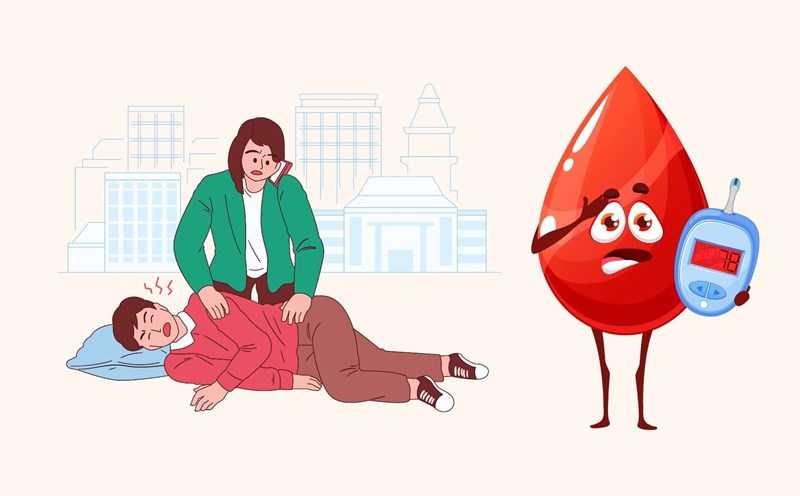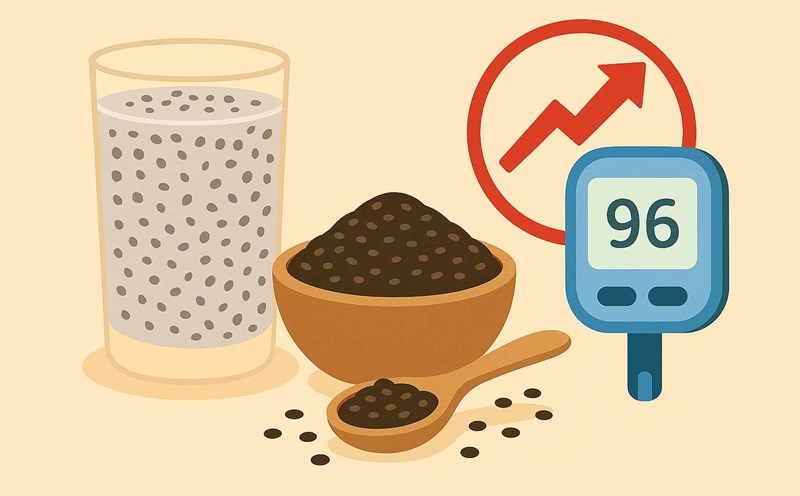Fruit is a healthy food, but for people with diabetes or controlling blood sugar, eating fruit incorrectly can be counterproductive. According to the American Diabetes Association (ADA), not all fruits are good and not always are suitable for blood sugar.
The first mistake is eating fruit on an empty stomach, especially fruits with a high glycemic index (GI) such as grapes, ripe bananas, watermelon or mango. When hungry, the body absorbs sugar faster, causing blood glucose to spike after only 1530 minutes.
Second, many people juice fruit instead of eating whole fruit. However, the process of rinsing out all the fiber - which is a factor that slows down the absorption of sugar - causes the body to absorb fructose quickly, increasing the risk of blood sugar disorders. The Mayo Clinic recommends eating whole, whole fruit to better control sugar.
Another mistake is eating fruit right after a meal - when the body is digesting starch, adding sugar from fruit causes the total glucose to increase, easily exceeding the allowable threshold.
How to eat fruit safely:
- Choose low GI fruits such as grapefruit, apple, guava, strawberries.
- Eat in the middle of the session, no more than 12 small portions/time (1 portion = 1/2 apple, 1/2 cup mulberry...).
- Do not add salt, sugar, condensed milk or fish sauce when eating fruit.










